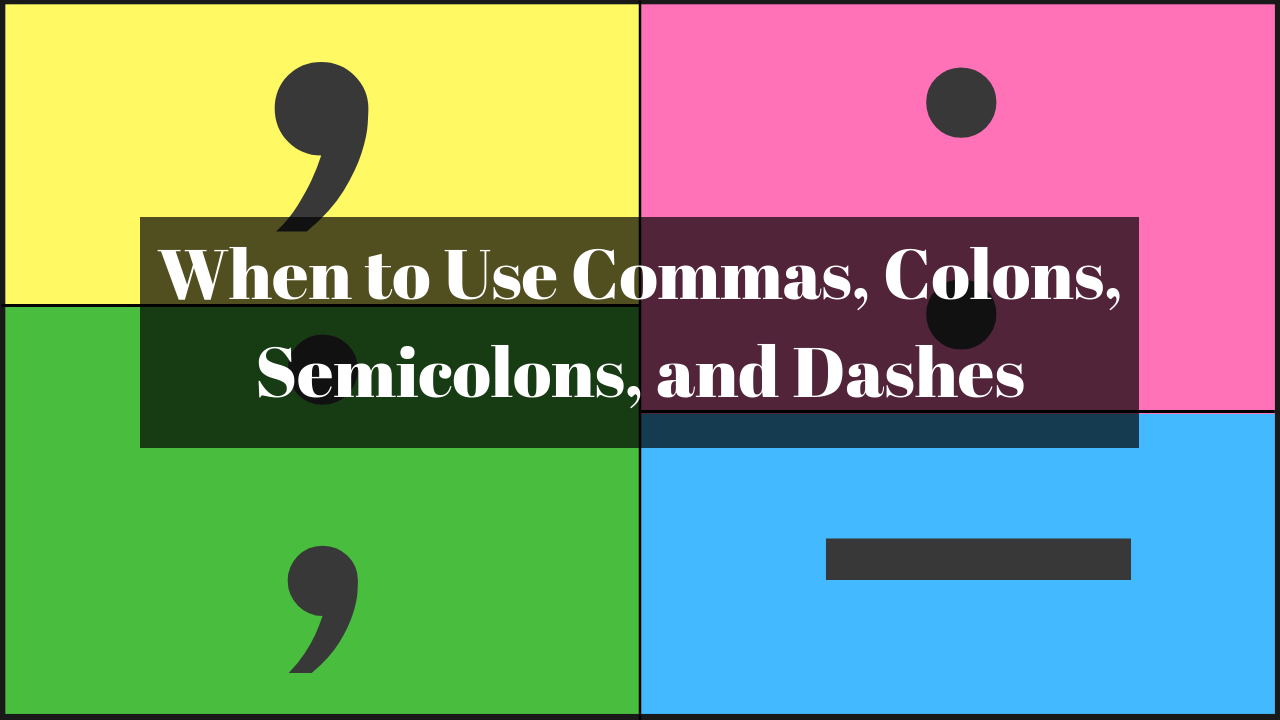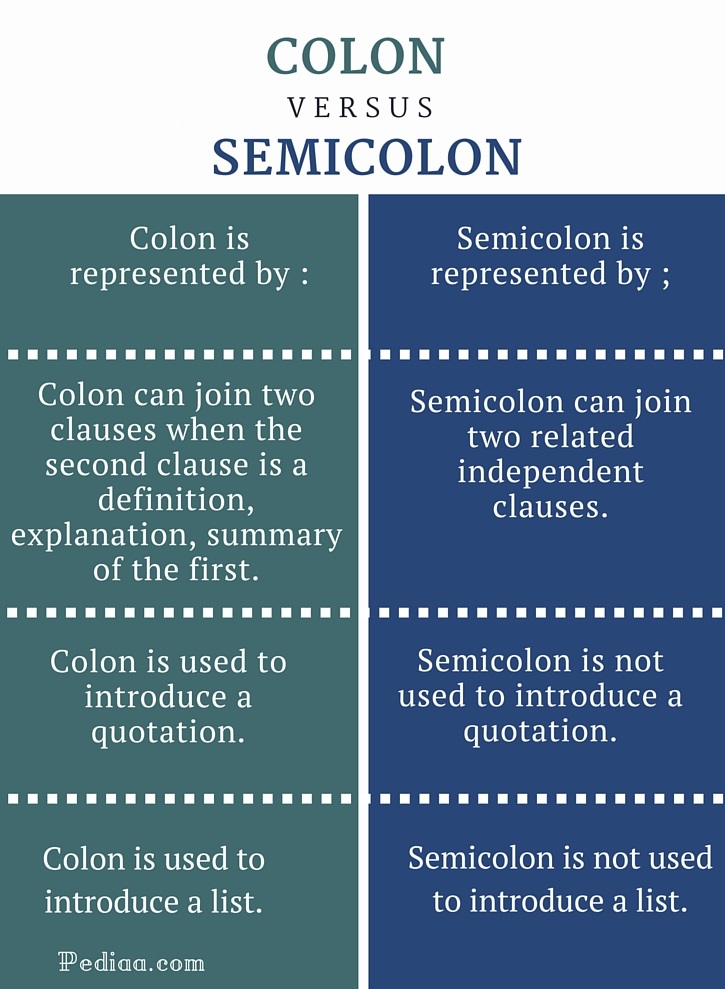When To Use Semicolon And Colon -
Mastering Punctuation Marks: Semicolon and Colon
Understanding the Differences
Punctuation marks are essential elements of written communication that help the reader understand the intended meaning of the message. Sometimes, the slightest change in punctuation can completely alter the intended meaning of a sentence. Two punctuation marks that are often misused and misunderstood are the semicolon and colon.
Most writers use commas and periods throughout their entire writing without even thinking about alternatives. However, when used correctly, semicolons and colons can add variety and sophistication to a piece of writing. Before diving deeper into how and when to use each, let’s start by understanding the difference between the two.

The Colon
Uses of a Colon in a Sentence
A colon is used to introduce a list, an explanation, or a quote that supports or gives more information about the preceding clause. The following are some of the most common uses of the colon in a sentence:
- To introduce a list of items, examples, or concepts
- To explain or define a term or concept
- To introduce a quote that supports or explains the preceding clause
- To separate hours and minutes in time
- To introduce a formal letter, speech, or presentation

Examples of how to use a Colon
Here are a few examples to illustrate how to use a colon:
- My vacation destination has always been the same: the beautiful state of Hawaii.
- You will need the following ingredients for the cake: sugar, flour, baking soda, baking powder, salt, butter, vanilla extract, and eggs.
- This research paper focuses on the following: the history of the company, its current operations, and its future prospects.
- The famous quote from The Matrix goes like this: “There is no spoon.”
- I will meet you at noon: 12:00 PM.
- Dear Hiring Manager:
The Semicolon
Uses of a Semicolon in a Sentence
A semicolon is used to link two independent clauses that share a common idea. The following are some of the most common uses of the semicolon in a sentence:
- To separate closely related independent clauses
- To separate items in a list that contain commas
- To separate items in a list where the items themselves contain commas
Examples of how to use a Semicolon
Here are a few examples to give you an idea of how to use a semicolon:
- She loves writing; she spends hours each day honing her craft.
- He had three things on his mind this morning: his first cup of coffee; his conference call with the board; and his meeting with his boss.
- She made a cake for his birthday; it had three layers, each with a different flavor.
The Difference Between the Two
Understanding the Contrast in Use Between Semicolons and Colons
Colons are used to introduce related information, while semicolons are used to link related information. In other words, when using a colon, you must follow it with related information to the preceding clause. On the other hand, when you use a semicolon, you must link two independent clauses with a shared idea.
Another difference is that a colon introduces an item or items, while a semicolon links items. For example, a colon can introduce a list of items or an explanation, while a semicolon links two independent clauses or separates items in a list that contain commas.
How to Use Semicolons and Colons Effectively
Tips and Ideas to Improve Your Writing
Here are some tips and ideas to help you use semicolons and colons more effectively in your writing:
- Read more: Reading is fundamental to improving your writing, including your use of punctuation marks. By reading more, you will expose yourself to different styles and techniques that will help you write better.
- Understand the difference: Be sure you understand the difference between semicolons and colons and how to use each effectively. This can help improve the clarity and coherence of your writing.
- Practice, practice, practice: Like any other skill, using semicolons and colons effectively requires practice. Take time to practice using both marks in your writing until you feel confident in your use of them.
- Don’t overuse them: While semicolons and colons can add variety and sophistication to your writing, try not to overuse them. Remember, the goal is to make your writing clearer, not more complicated.
In conclusion, semicolons and colons are both powerful punctuation marks that can add variety and sophistication to your writing. When used correctly, they can help make your writing clearer and more coherent. By understanding the difference between the two and practicing your use of each, you can improve your writing and take it to the next level.

Read more articles about When To Use Semicolon And Colon